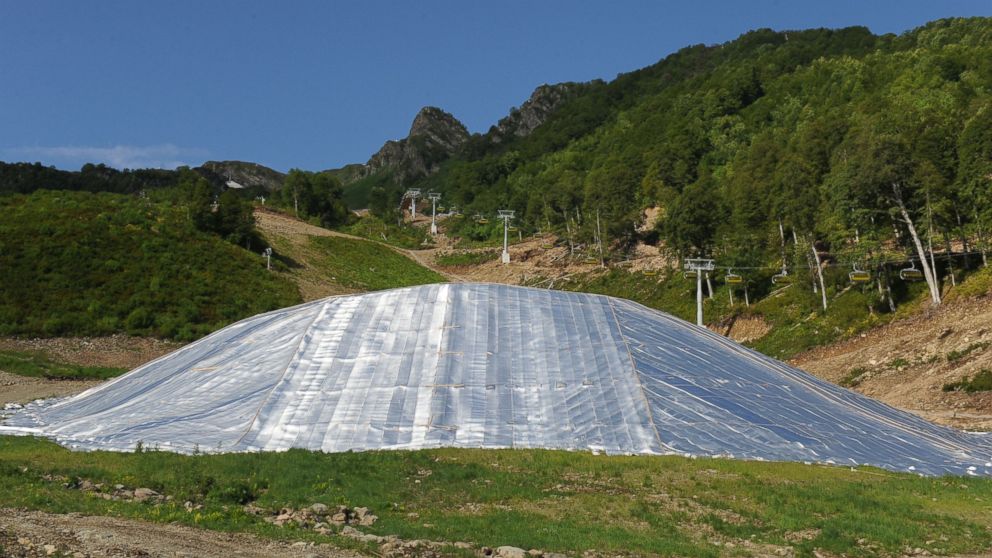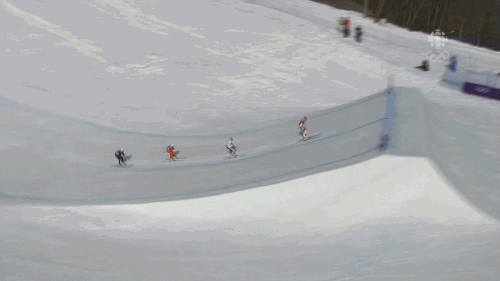 Before the 2014 Winter Olympic Games began, Russia pledged that Sochi would be the greenest Olympic Games in history, promising green building standards for Olympic facilities and a “zero waste” policy, and even going so far as to suggest that Sochi would be the first carbon neutral Games in history.
Before the 2014 Winter Olympic Games began, Russia pledged that Sochi would be the greenest Olympic Games in history, promising green building standards for Olympic facilities and a “zero waste” policy, and even going so far as to suggest that Sochi would be the first carbon neutral Games in history.
The Russian Olympic Committee did partner with the Dow Chemical Company to offset the Games’ carbon footprint, with the goals of implementing energy efficient construction and reducing greenhouse gas emissions across “infrastructure, industry, and agriculture” that would benefit Russia in the long term. However, despite these goals, members of the environmental community have raised red flags. Not only have the carbon reduction goals slipped, but local environmental watchdog group Environmental Watch on the North Caucasus is reporting illegal dumping, widespread deforestation, and disruption of animal migratory routes in what was formerly a national park and UNESCO World Heritage Site. Local residents are now facing an increased likelihood of natural disasters such as avalanches and mudslides. What’s more, environmental activists speaking out on these issues have been jailed.

As important as these local impacts may be to that region, the biggest red warning flag to come from these Games may be this: climate change and its cascade of impacts may make the Winter Olympics as we know them impossible in the near future. With rising global temperatures, there simply may not be sites suitable for hosting winter sporting events. A recent report by climatologist Daniel Scott concluded that by the end of the century, only 6 of the past 19 Winter Olympic host cities might be reliably cold enough to host the Games. Rising temperatures may shutter ski resorts across the Northern Hemisphere as the snow simply disappears. Of course, there’s always the option of using artificial snow, but this is a water and electricity-intensive substitute for the real deal.
Sochi’s unseasonably warm temperatures have provided a glimpse into what warming winters may look like around the world. Slushy snow on ski slopes and snowboard courses have forced athletes to compete in unexpectedly soft and dangerous conditions. Austrian Nordic combined athlete Wilhelm Denifl explains that “[holes] and ruts form if the snow on the landing zone is not hard enough…The snow becomes unstable, and if we are landing consistently in the same area, and at a high speed, the pressure associated with landing can make it unstable. And dangerous.” That point was illustrated clearly and painfully in a recent skicross race:

Some winter sports athletes have recognized the need for a global response to climate change and have banded together in an organization called Protect Our Winters, or POW (also short for powder snow). In a recent call to action, US Ski Team member Andrew Newell and 105 other Winter Olympians called on world leaders to “[recognize] climate change by reducing emissions, embracing clean energy and preparing a commitment to a global agreement at the UN Framework Convention on Climate Change in Paris 2015.” These winter athletes feel the disappearance of snow personally, and recognize that immediate action is needed to prevent even broader global impacts.
Enjoy the Winter Games as they wrap up this weekend, because they just might become a thing of the past. Just think, the dignity of the Olympic games and the beautiful snowy slopes we’re used to seeing could be replaced by…’mud sports’ and Quidditch for Muggles? As intriguing as that sounds, I’d vote to keep the winter in Winter Olympics!